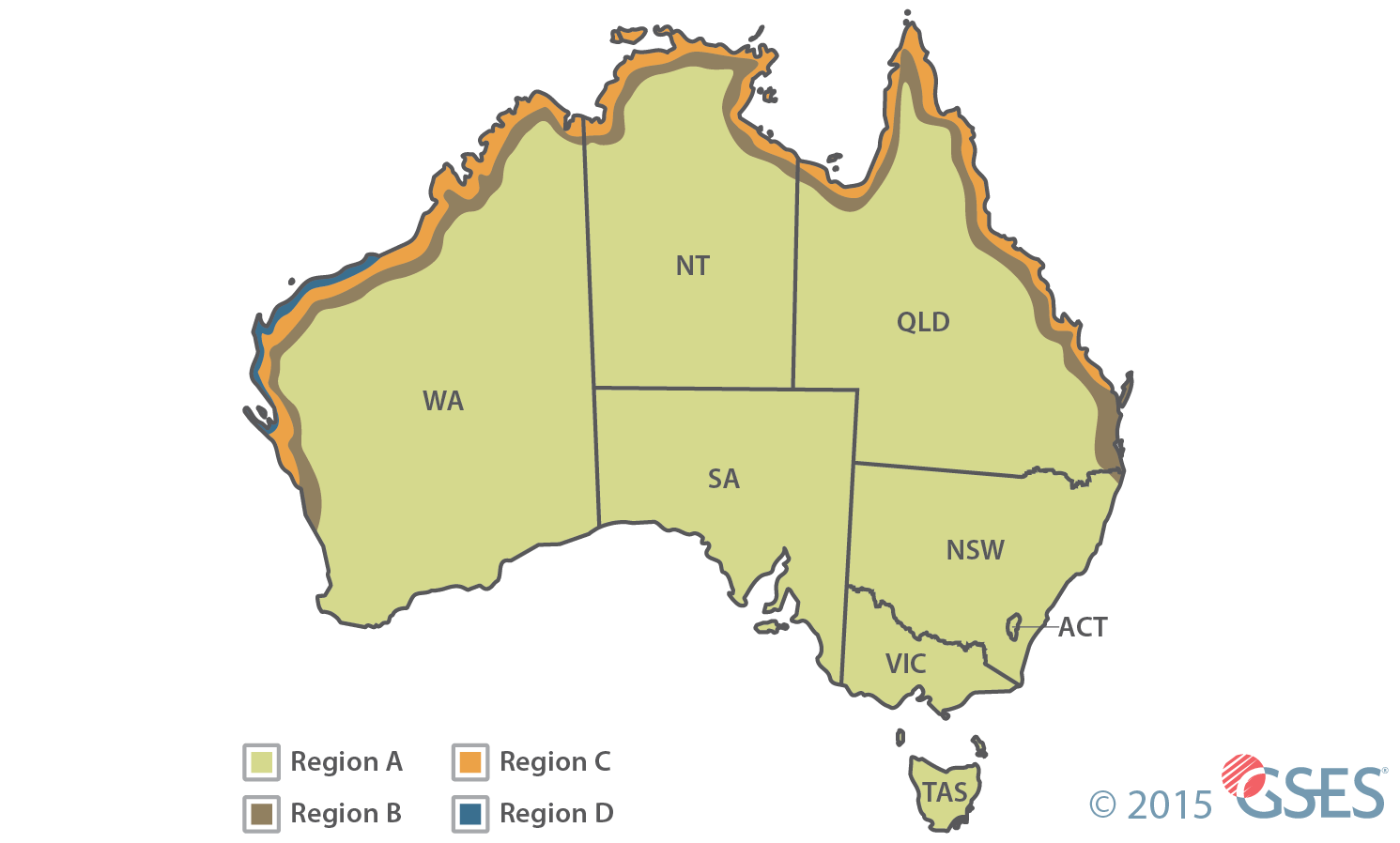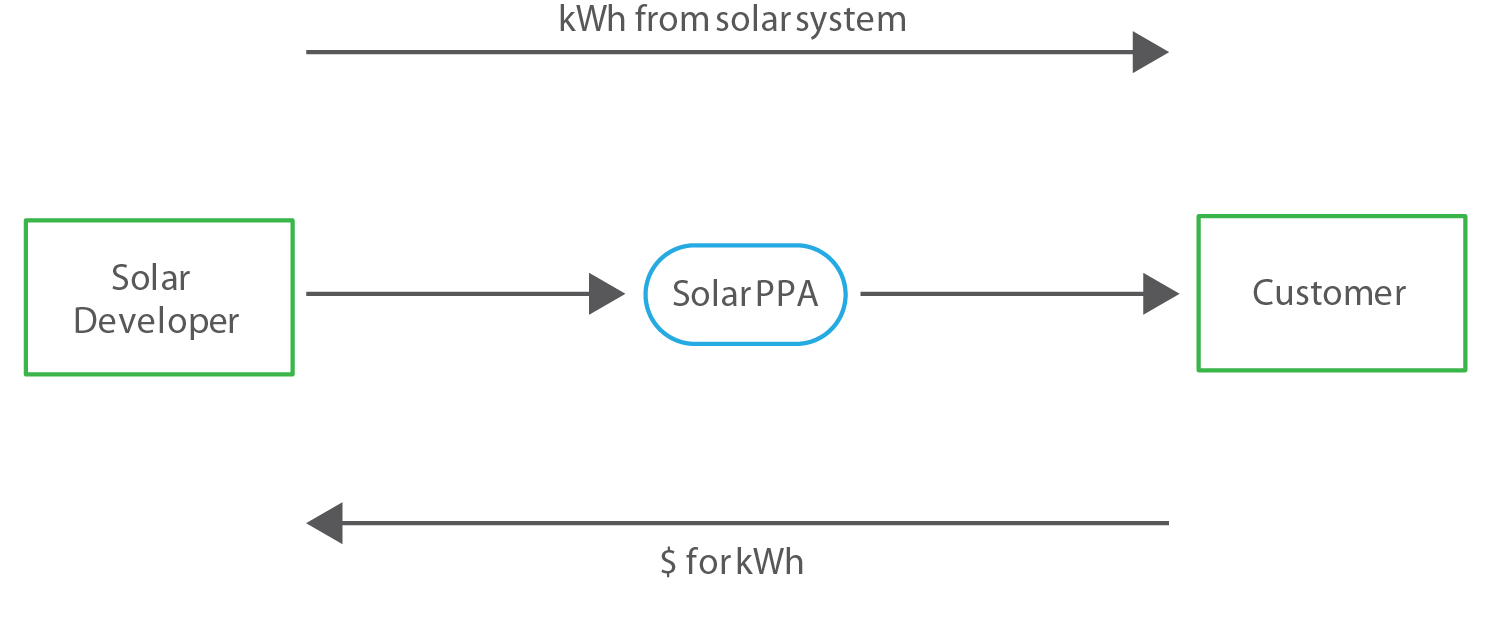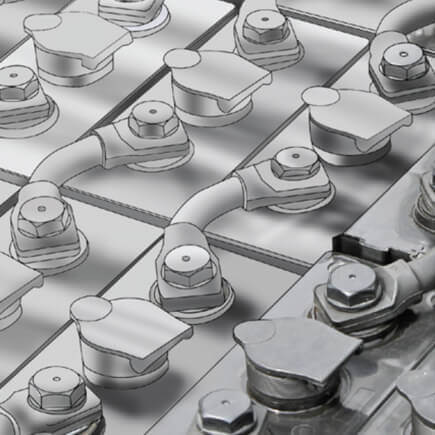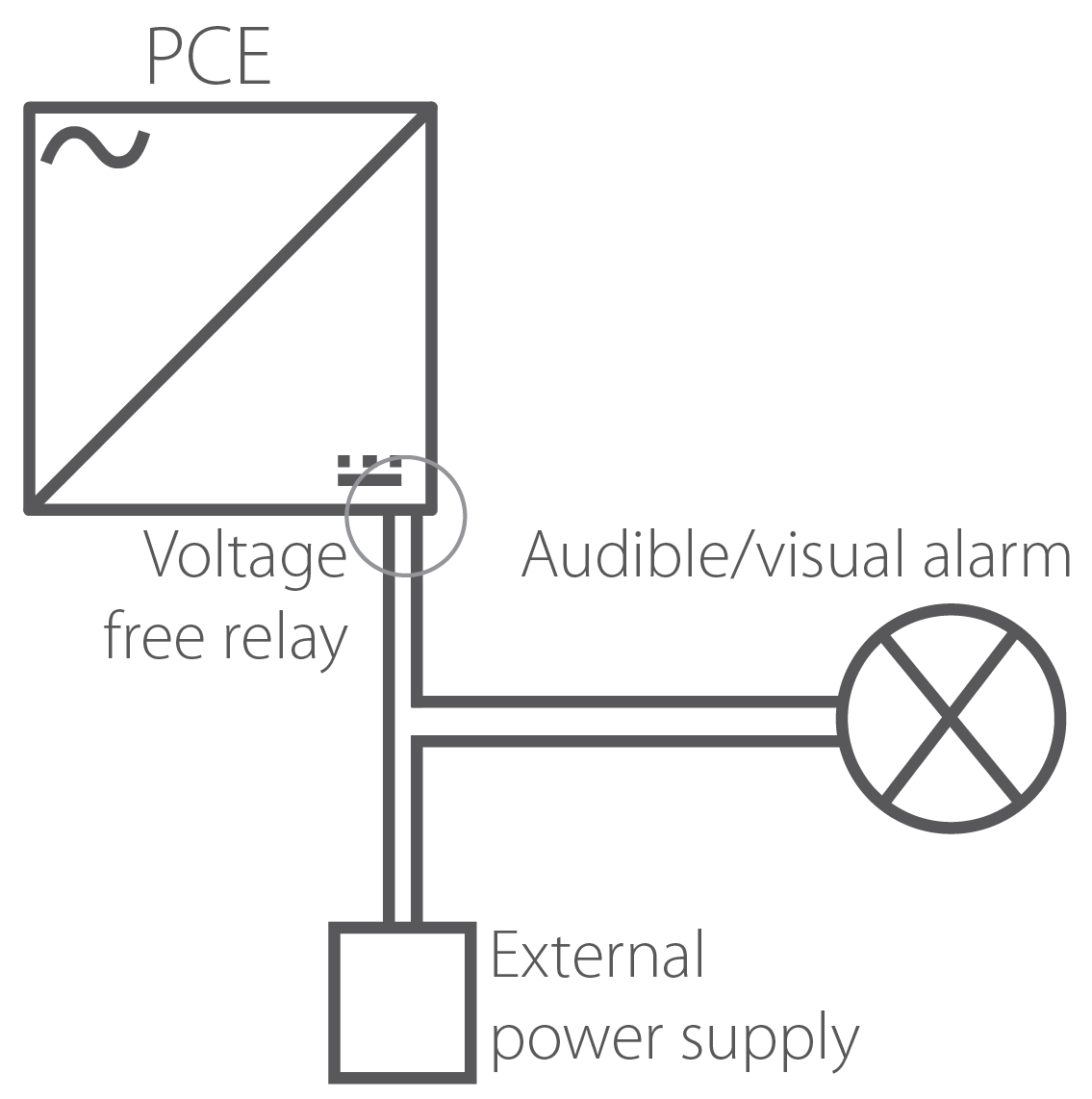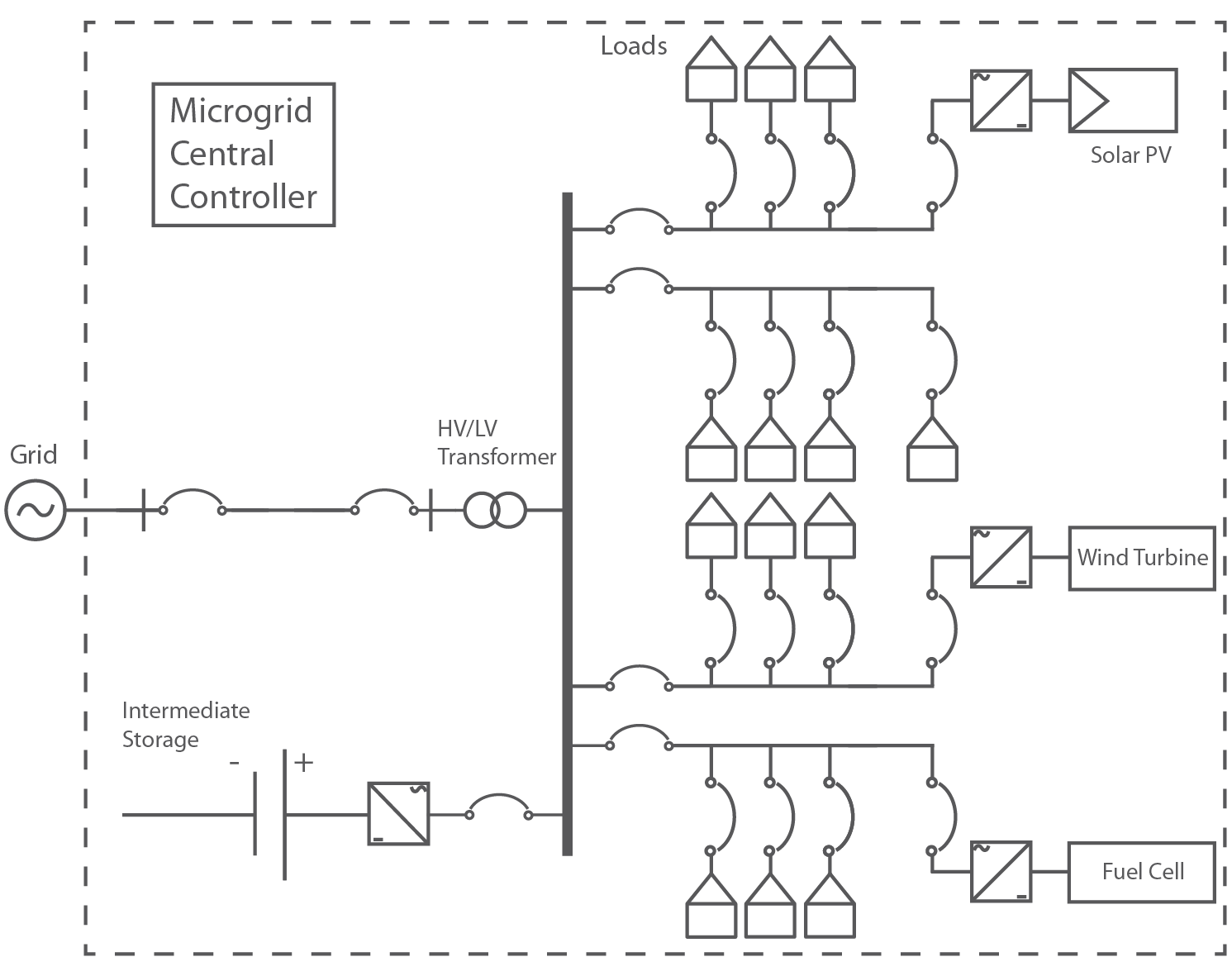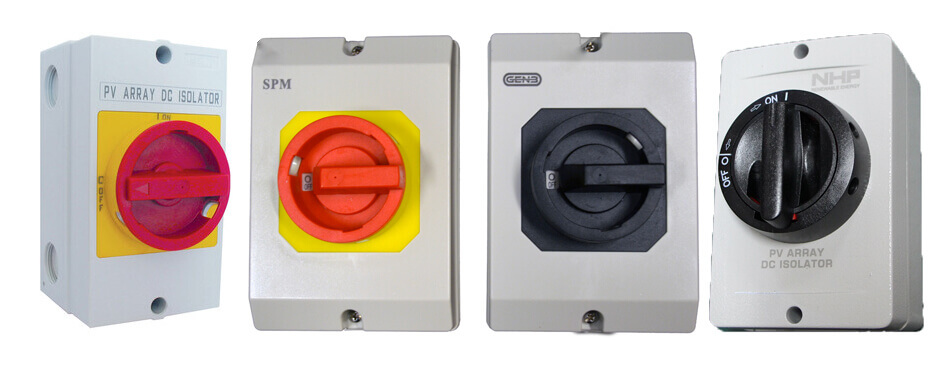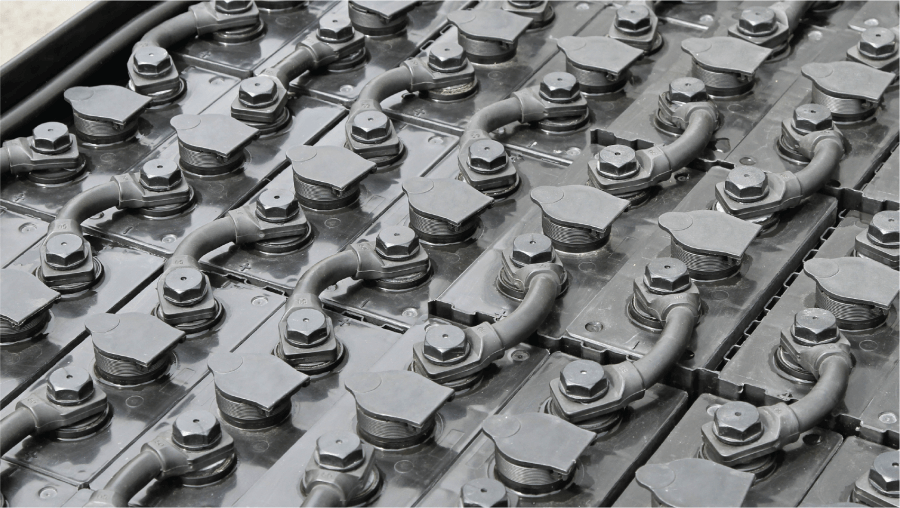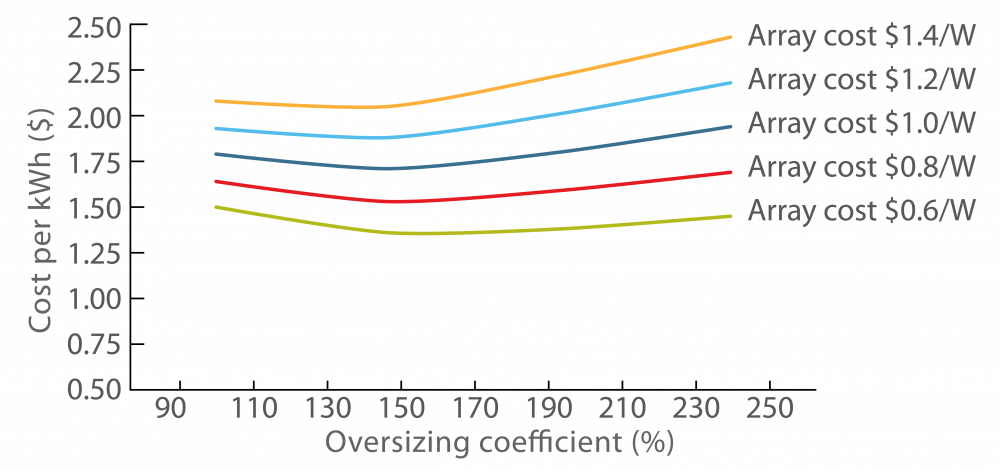Since being established in 1998, GSES has focused on assisting the growth of Australian and international PV industries by providing quality training. GSES is recognised for its expertise in providing the training required for grid-connected PV design and install accreditation. In training many electricians and engineers, GSES has identified certain areas that prove to be […]
Tag: CEC
Solar Power Purchase Agreements
Solar Power Purchase Agreements (PPAs) are a financing model that has the potential to transition those operating as suppliers of energy-generating equipment to the role of the more traditional energy retailer. This transition will see solar installers mature commercially to become solar developers. PPAs have been around for many years and are widely used in […]
New CEC Endorsement Proposed for Grid Connected PV with Batteries: Training Requirements
New nationally recognised units of competency have been released in draft form setting out the knowledge and skills required for the design and installation of grid-connected PV systems with battery storage. The CEC has indicated that it will recognise completion of this training as an endorsement to Grid Connect PV Design and Installation accreditations: participants […]
Overview of incoming PCE requirements in AS/NZS 5033:2014
AS/NZS 5033:2014 states that the transition period for Power Conversion Equipment (PCE) will end on July 11th, 2015. After this date, all requirements for PCEs as described in AS/NZS 5033:2014 will be applicable. Although the changes are significant, they should come as no surprise to manufacturers of PCEs or the solar PV industry, as these […]
Microgrid: A solution to the aging grid infrastructure
The business community and consumers are continually expressing their concern regarding climate change, energy security and the increasing price of electricity. Within these scenarios, renewable energy technologies increasingly present themselves as viable alternatives. With the increased penetration of renewable generation sources on the electricity network, the aging grid infrastructure can struggle to cope with the […]
Solar Installations: Where are we going wrong?
Under the Renewable Energy Target (RET) requirements, solar photovoltaic (PV) power systems must be installed to relevant Australian standards and Clean Energy Council (CEC) guidelines in order to receive Small-scale Technology Certificates (STCs). To monitor this, the Clean Energy Regulator’s RET inspection program has been running since 2010. Global Sustainable Energy Solutions (GSES) is an […]
Grid Energy Storage
The grid energy storage market is buzzing and many new technologies are being thrust from the research and development realm into the commercial space. The question of which technology is going to be the big winner for the energy storage revolution is a discussion mired in speculation and clouded with preconceptions. However, it may just […]
DC Isolators: What are the Manufacturer’s Specification Sheets Really Telling You (ONLY VALID UNTIL DATE OF PUBLISHED)
Solar photovoltaic (PV) systems use rotary DC isolators with multiple current and voltage ratings more commonly than DC rated circuit breakers. However, the flexibility of these DC isolators introduces instances of incorrect wiring when the manufacturer’s specifications are misunderstood, resulting in DC isolators being underrated for the PV system installed. This document is written to […]
Isolator Enclosures: more than just a box
Installing rooftop isolators is a requirement under AS/NZS 5033:2012. Rooftop isolators are required to ensure the safety of PV installations during maintenance and in emergency situations. However installing isolators correctly is essential if the full safety benefits are to be provided. This article clarifies the factors that installers need to consider when installing rooftop isolators.
Oversizing PV Arrays
‘Array oversizing’ refers to solar photovoltaic (PV) systems that have been designed so that the solar array has a higher peak capacity than the inverter. A solar system of a given installed capacity under irradiance consistent with Standard Test Conditions, may actually deliver up to 20% less than the nameplate rating of the solar array. […]

